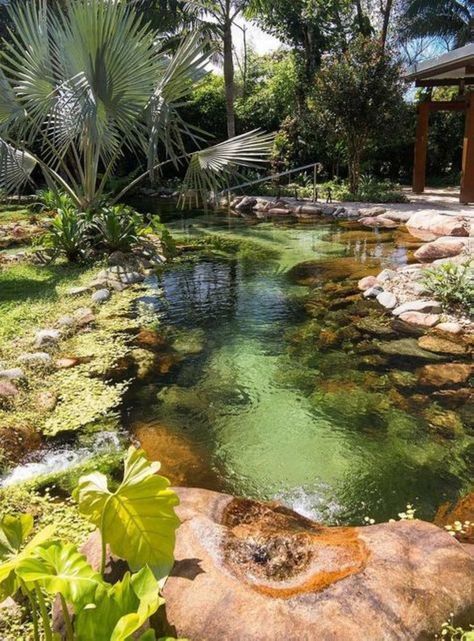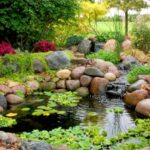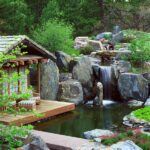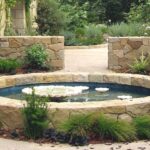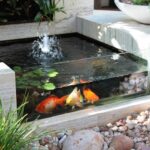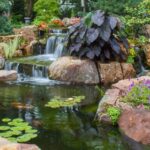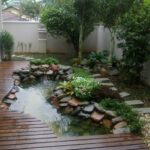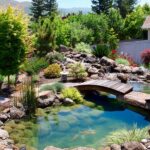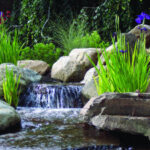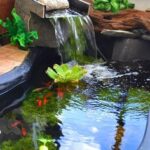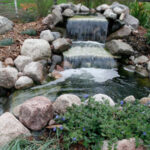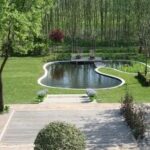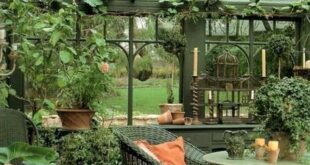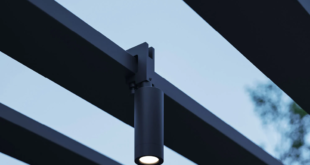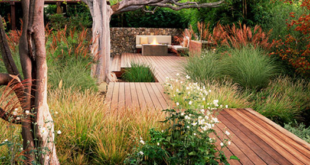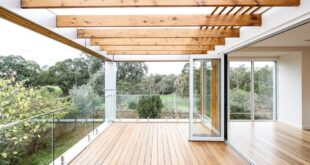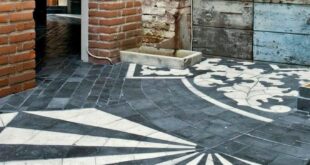If you’re looking to add a touch of tranquility and beauty to your outdoor space, a pond may be the perfect addition. Ponds can serve as a serene oasis in your backyard, creating a peaceful and harmonious environment that enhances your overall well-being. However, designing a pond requires careful planning and consideration to ensure that it fits seamlessly into your landscape and provides a relaxing space for both yourself and your local wildlife. Here are some essential considerations to keep in mind when designing a pond for your outdoor space.
Location: The first step in creating a pond is choosing the right location for it. Consider factors such as sunlight exposure, proximity to trees and other vegetation, and accessibility for maintenance. Ideally, your pond should be located in an area that receives at least a few hours of sunlight each day to promote healthy plant growth. Avoid placing your pond under trees that shed leaves or needles, as this can create maintenance issues and potentially harm your pond’s ecosystem. Additionally, make sure that your pond is easily accessible for routine maintenance tasks, such as water testing and plant trimming.
Size and shape: The size and shape of your pond will largely depend on the available space in your yard and your personal preferences. A larger pond will require more maintenance but can accommodate a greater variety of plants and wildlife. However, a smaller pond can still provide a serene retreat and can be easier to maintain. When it comes to shape, consider naturalistic designs that mimic the curves and contours of a natural water feature. Irregular shapes can create a more organic and harmonious appearance that blends seamlessly with your landscape.
Depth: The depth of your pond is another important consideration, as it can influence the types of plants and animals that can thrive in your pond. A deeper pond will provide a greater range of habitats for wildlife and can support a wider variety of aquatic plants. In general, aim for a depth of at least 18 inches to ensure that your pond can support a healthy ecosystem. However, it’s important to consider safety as well, especially if you have small children or pets. Make sure that any deep areas are clearly marked or fenced off to prevent accidents.
Materials: When it comes to pond design, there are a variety of materials to choose from, including pre-formed plastic liners, flexible rubber liners, and concrete. Each option has its own advantages and drawbacks, so it’s important to consider factors such as cost, durability, and ease of installation. Pre-formed liners are easy to install but may limit your design options, while flexible rubber liners offer more flexibility but can be more challenging to install. Concrete ponds are durable and customizable but can be expensive and time-consuming to construct. Choose a material that suits your budget and design preferences, and don’t forget to consider the long-term maintenance requirements of each option.
Filtration and circulation: Proper filtration and circulation are essential for maintaining a healthy and balanced pond ecosystem. A good filtration system will remove debris and excess nutrients from the water, helping to prevent algae blooms and promote the growth of beneficial bacteria. Circulation is important for oxygenating the water and distributing nutrients and oxygen to plants and wildlife. Consider installing a pump and filter system that is sized appropriately for your pond’s volume and depth, and be sure to regularly clean and maintain your filtration equipment to ensure optimal performance.
Plants and wildlife: Adding aquatic plants and wildlife to your pond can enhance its beauty and create a more natural and balanced ecosystem. Plants such as water lilies, lotus, and water hyacinth can provide shade and shelter for fish and other wildlife, while submerged and floating plants can help to oxygenate the water and filter out excess nutrients. Consider adding native plants that are well-suited to your climate and soil conditions, and avoid introducing invasive species that can outcompete native plants and disrupt the balance of your pond ecosystem. When it comes to wildlife, consider stocking your pond with fish, frogs, and other native species that can help control mosquitoes and other pests while adding to the overall biodiversity of your pond.
Maintenance: Finally, don’t forget to consider the maintenance requirements of your pond before finalizing your design. Ponds require regular upkeep, including debris removal, water testing, plant trimming, and equipment maintenance. Make sure that you have the time and resources to properly care for your pond before committing to a design that may be too labor-intensive or costly to maintain. Consider investing in a pond vac or skimmer to make cleaning easier, and establish a regular maintenance schedule to keep your pond looking its best year-round.
By carefully considering these essential factors, you can create a beautiful and serene pond that enhances your outdoor space and provides a peaceful retreat for both yourself and your local wildlife. Whether you’re looking to relax by the water’s edge, enjoy the sights and sounds of a bubbling waterfall, or simply create a more harmonious environment in your backyard, a pond can be a wonderful addition to your landscape. With proper planning and maintenance, your pond can become a lasting and cherished feature that brings enjoyment and tranquility to your outdoor space for years to come.
